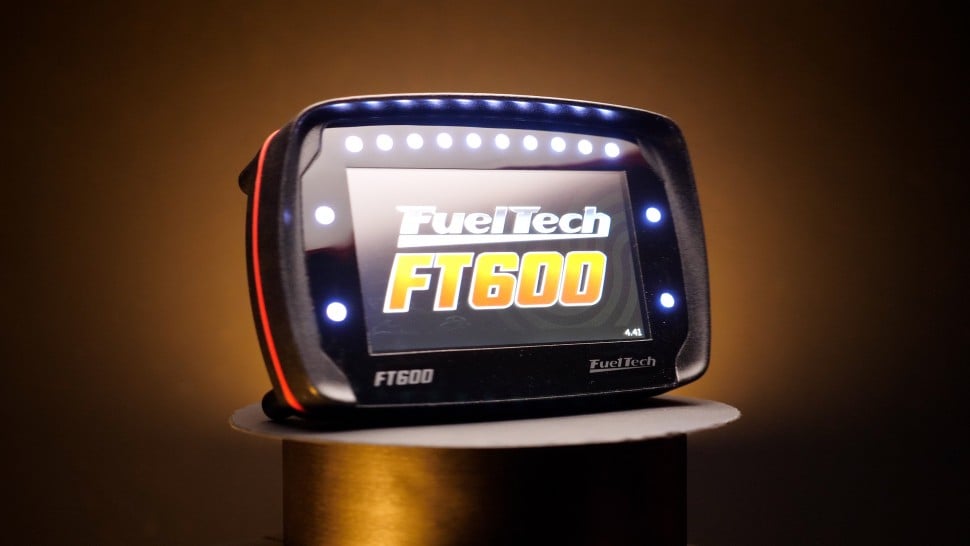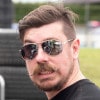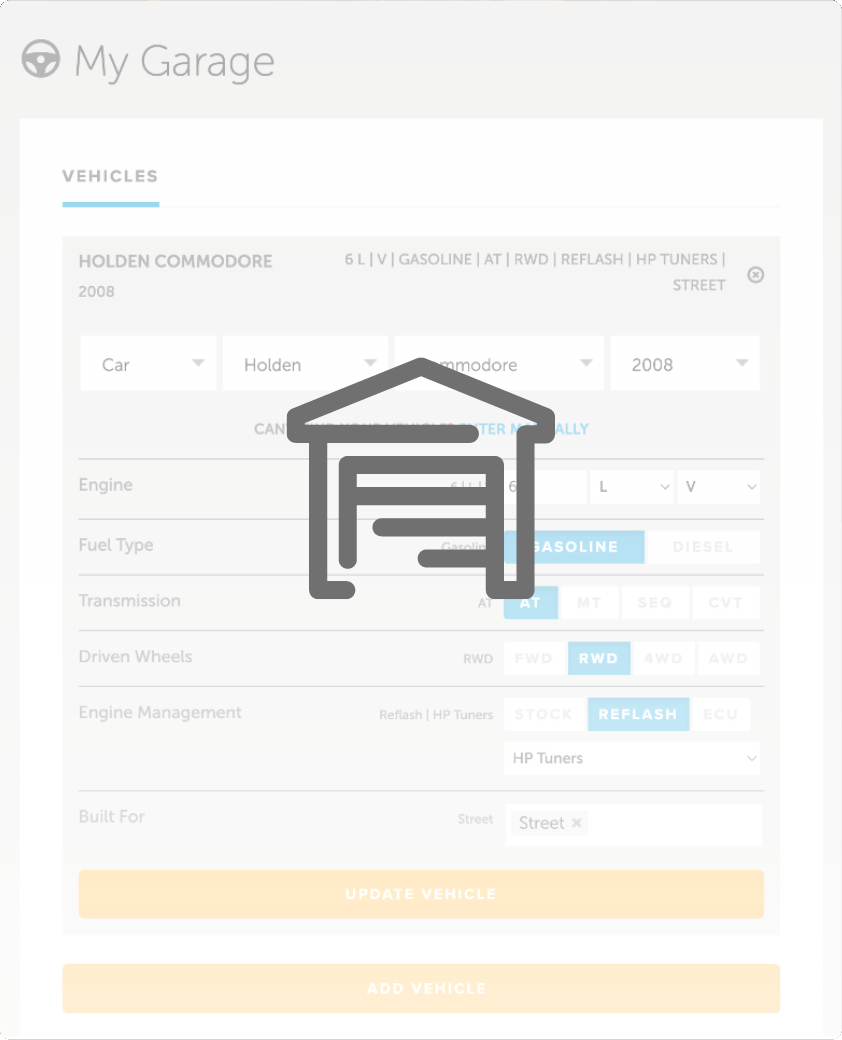| 00:00 |
We've covered a lot of ground up to this point in the course, with plenty of considerations around different 3D scanning types and software options, as well as how they're used effectively.
|
| 00:11 |
It's been a lot to take in, so in the case all of this seems a little overwhelming or unclear, we've put together a simple four step process that you can follow for any 3D scanning project.
|
| 00:23 |
This section of the course isn't about teaching you anything new, this is about understanding how to implement everything you've already learnt into a real world 3D scanning project.
|
| 00:34 |
So, if anything we cover over these four steps doesn't ring a bell or make total sense to you, be sure to check back to the relevant module in the course for a refresher to make sure you're up to speed.
|
| 00:46 |
Let's start with the first step in the process , which is preparation.
|
| 00:49 |
More specifically, preparing our target, environment and scanner so we can achieve the best results in the following practical scanning step.
|
| 00:58 |
We'll assume the scanner is plugged into our computer or connected as required through WiFi if applicable, and the scanner power source is charged.
|
| 01:07 |
Before we get started though, there are a few things we need to consider.
|
| 01:12 |
Firstly, we must understand the capabilities of the scanner we're using and the features of the object we're scanning.
|
| 01:19 |
How does the size of the part compare to the recommended scan volume of the scanner? If an object is much too small for the scanner, it's going to be difficult to capture it in enough detail to do it justice.
|
| 01:31 |
On the flip side, an object that's way too large will probably be incredibly time consuming to scan and processing all of that scan data will be the same story.
|
| 01:42 |
The fact is though, we're probably going to be limited to whatever equipment we have available but it's still good to understand if we're setting ourselves up for a hard time.
|
| 01:52 |
Most scanners will allow us to adjust a setting based on the size of the object and this usually controls the resolution.
|
| 01:59 |
For smaller objects, the size of something like a turbocharger will typically use a lower resolution between 0.1 to 0.3 mm whereas a bigger object like a transmission might only warrant 0.5 mm and a large object like the side of a vehicle could be captured with a 0.1 mm resolution, but of course this depends on your requirements and what you intend to use the scan for.
|
| 02:25 |
Another setting we'll be able to adjust is the means of positioning for the scanner, remembering that in most cases this will be based on the geometry, texture and targets.
|
| 02:35 |
If our target object has a lot of geometric features and texture, this is going to help our scanner understand its position as we complete the scan.
|
| 02:44 |
The exception to this would be repetitive features that can confuse the scanner and cause errors in the model it creates.
|
| 02:51 |
If there are repetitive features or very minimal features, then we probably need to use positioning targets, in which case we can apply them to the surface of the object.
|
| 03:02 |
Generally three targets inside the field of view are required to significantly improve tracking, but generally speaking, more is better.
|
| 03:10 |
The downside is they can be expensive and application and removal is time consuming so they can be used more sparingly with a more calculated approach, applying them only to areas we think will benefit, like where geometric features and texture are limited.
|
| 03:26 |
The positioning and resolution won't be the only scanner settings we can change.
|
| 03:30 |
At this point we need to decide if we want to capture texture and possibly set the frame rate or shutter speed, although these can be adjusted automatically based on the computer's processing speed, scanner abilities and how bright the environment is.
|
| 03:46 |
Next, we'll consider if the object has potentially troublesome surfaces.
|
| 03:50 |
As we know, most forms of 3D scanning work by emitting some kind of light onto the object and then observing this light on the surface.
|
| 03:59 |
So, how the surface interacts with the light has a huge impact on scanner performance.
|
| 04:05 |
Remember, dark surfaces can absorb too much of the light while glossy and transparent surfaces reflect and refract the light, all basically meaning the scanner doesn't receive a clear and accurate image.
|
| 04:18 |
While laser scanners are typically good with these surfaces due to the intensity of the light, this area is one of the biggest weaknesses of structured light scanners.
|
| 04:27 |
Matting sprays or other surface treatments can be used to remove the gloss of the surface while also lightening the colour and of course making it opaque.
|
| 04:37 |
If we apply these surface treatments after the positioning targets, we need to clean off the surface of the target so the scanner can see it clearly.
|
| 04:46 |
Again, it depends on what scanner we're using whether or not we'll need this.
|
| 04:51 |
Similarly, the external lighting conditions of the scanning environment can be troublesome.
|
| 04:56 |
Even lighting with minimal shadows is always beneficial as shadows can cause slight edges or irregularities in the model from an accuracy standpoint, but will also come through in the texture if we're capturing it.
|
| 05:10 |
Just like taking a regular photo, photogrammetry scanning requires the target to be well lit, whereas structured light is usually less sensitive to the external lighting conditions.
|
| 05:21 |
Harsh fluorescent lighting or sunlight can still cause issues though so we might need to move locations or change the lighting.
|
| 05:28 |
So,me experimentation here might be required.
|
| 05:31 |
Moving on we need to decide on the surface we're scanning on.
|
| 05:34 |
The object needs to be well supported with no risk of it falling over.
|
| 05:39 |
Hanging the object can work well in some cases, but it's not a necessity as flat surfaces are easily removed in post processing.
|
| 05:47 |
Term table platforms are also very helpful as we can rotate the object rather than having to move around it.
|
| 05:55 |
We can also add positioning markers to the surface to help with tracking.
|
| 05:59 |
So, far we've discussed considerations that are based on what and where we are scanning as well as what scanner we're using.
|
| 06:06 |
Regardless of these factors though, it's always best practice to calibrate the scanner before each scan and this is particularly important if it's been moved around a lot since the last calibration or if the environment, more specifically the lighting is significantly different.
|
| 06:23 |
For scanners capturing texture, the white balance should also be calibrated to help ensure the colour texture information is accurate.
|
| 06:31 |
To summarise this module, the first step of the 3D scanning process is preparing our target and scanner to achieve the best results.
|
| 06:39 |
We first need to understand the capabilities of the scanner we're using, as well as the application as this will guide some of our next actions.
|
| 06:48 |
We can then configure the scanner's resolution, positioning and other relevant settings based on the object we're scanning and our requirements and application for the scan.
|
| 06:58 |
If the target has dark, reflective or transparent surfaces, then we might need to apply surface treatments like matting sprays.
|
| 07:06 |
The surface we're scanning on also needs to be considered.
|
| 07:10 |
Finally, ensuring the external lighting is even and the scanner is calibrated for those conditions ensures a solid foundation for good results.
|





